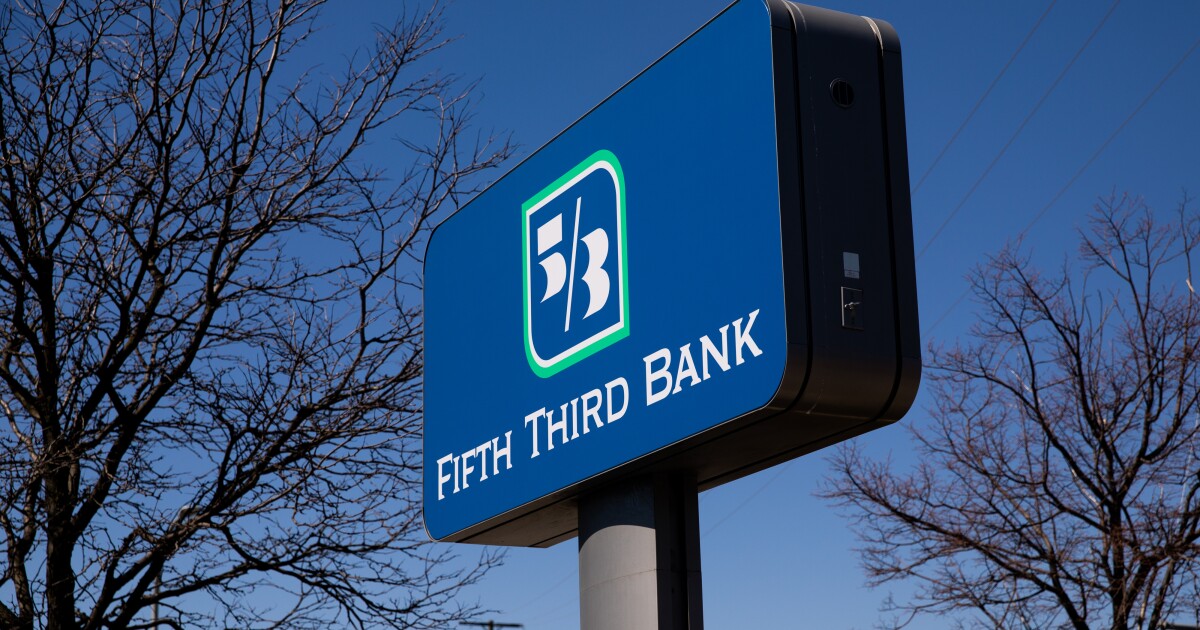Colm Manning and Alice Crundwell
No country is an island – in terms of economics at least, if not geography. Trade and capital link all the economies of the world. Relative to GDP, the UK has more foreign assets and liabilities than any other large economy. These external liabilities – UK assets owned by overseas investors – could result in vulnerabilities that might cause major disruption to the economy and financial system in a stress. The good news for us is that the UK’s private sector external vulnerabilities have shrunk materially since the global financial crisis (GFC) of 2008, although the public sector’s vulnerabilities have grown. This post explores how the UK’s balance sheet has changed since the GFC and what this means for UK financial stability.
The UK is one of the most financially open economies in the world. Due to its role as an international financial centre, it has external liabilities of over 550% of GDP, significantly higher than other G7 economies (Chart 1). The size of these liabilities means that the behaviour of foreign investors, and their perceptions of the UK’s macroeconomic policy framework and its long-term growth prospects, can have a material impact on UK financial conditions. At the extreme, a particularly large and rapid fall in foreign investor demand might cause or amplify financial crises by making refinancing of external liabilities more challenging.
Chart 1: Cross country external balance sheet sizes
Note: Annual data.
Source: Lane, Philip R and Gian Maria Milesi-Ferretti (2018), The External Wealth of Nations Revisited: International Financial Integration in the Aftermath of the Global Financial Crisis.
What makes an external balance sheet risky?
The structure of a country’s external balance sheet can have a significant effect on its financial fragility. The overall net position, and the composition of the assets and liabilities underlying that net position, are both important drivers of risks. For example, the risks associated with short-term wholesale deposits are greater than those associated with long-term investments in bonds. This means that vulnerabilities can build within the components of a country’s liabilities even if, overall, they are balanced with its assets. For example, UK banks had large customer funding gaps (more loans than deposits) in the run-up to the GFC with a reliance on short-term wholesale funding to expand lending. A large part of this funding came from abroad. Worries about the health of the UK banking sector during the GFC meant foreign providers of this funding did not rollover these funds, aggravating the liquidity stress for banks and the credit crunch for household and corporate borrowers.
Currency mismatches within the asset-liability mix of a country’s external balance sheet can also amplify short-term liquidity crises. A number of previous developing economy crises have been characterised by the inability of either the government or private sector to rollover short-term FX (foreign exchange) debt. And in 2008, UK banks were vulnerable because short-term FX liabilities exceeded their short-term FX assets. Rolling over these liabilities became difficult as short-term dollar borrowing became particularly scarce, which was only alleviated by access to Fed dollar swap lines. This risk was not visible when focusing on their overall net asset-liability position in FX, which was close to balance.
Private sector vulnerabilities have declined…
The size of the UK private sector’s external vulnerabilities have declined materially since the GFC. Much of this reflects de-risking within the banking sector and stronger liquidity regulation. Looking at the net international investment positions (Chart 2) allows us to measure the difference between the UK’s external stock of assets and liabilities, which acts as an indicator for sustainable levels of national borrowing. As you can see in the Chart, the key change in the debt and equity positions since the mid-noughties is the large decline in currency and deposit liabilities, broadly corresponding to wholesale funding, that typically reside in the banking system. The liability position for this aspect of the UK’s external balance sheet is at its second lowest level as a share of GDP in over 20 years. This greatly reduces the risk of external vulnerabilities within the banking sector impacting financial stability in the event of a stress.
…and its mix of assets and liabilities provides benefits
The mix of the private sectors’ external assets and liabilities can create risks in the event of a change in foreign investor appetite, but it also provides it with benefits most of the time. The private sector is long on equity and long-term debt. Consistent with this, on average, the investment income and capital gains on its relatively risky or higher interest assets have exceeded that on its relatively safe or lower interest liabilities. In effect, the net returns on overseas investments allow the UK to spend more than its domestic income (run a current account deficit) without becoming a net debtor. Check out this previous A prince not a pauper blog for a fuller understanding of this benefit.
Chart 2: UK private sector debt and equity net international investment positions
Source: ONS
Public sector liabilities have increased
In contrast to the private sector, UK government external liabilities have increased since the GFC (Chart 3). The government has always had a net external liability position as foreign investors have always owned some government debt. This has increased as a share of GDP materially since the GFC as both the size of government debt and the share owned by foreign investors have grown. This liability position is mainly accounted for by long-term debt, which reduces the immediate refinancing risk. But shocks to the credibility of UK institutions can still lead to downward pressure on all UK asset prices, and upward pressure on risk-free rates, as foreign investors are likely to be particularly sensitive to UK-specific risks.
Chart 3: Sector level aggregate net international investment position
Source: ONS.
In summary, the composition of the UK’s external balance sheet has changed quite significantly since the GFC. A particularly large and rapid fall in foreign investor demand for UK assets might cause or amplify financial crises by making refinancing of external liabilities more challenging, but that risk appears low at present. As mentioned, in the past these risks tended to be particularly acute for shorter duration external liabilities. These refinancing risks have been mitigated by the reduction in the size of these shorter duration ‘other investment’ liabilities and the improved resilience of the UK banking sector over the past 15 years. This was partly due to the development of a regulatory framework that, for example, required financial institutions with a greater exposure to these risks to hold larger buffers of liquid assets.
Colm Manning works in the Bank’s Macro-Financial Risks Division and Alice Crundwell works in the Bank’s Structural Economics Division.
If you want to get in touch, please email us at [email protected] or leave a comment below.
Comments will only appear once approved by a moderator, and are only published where a full name is supplied. Bank Underground is a blog for Bank of England staff to share views that challenge – or support – prevailing policy orthodoxies. The views expressed here are those of the authors, and are not necessarily those of the Bank of England, or its policy committees.
Share the post “We are not an island: how have the UK’s external balance sheet risks changed over the past two decades?”
Publisher: Source link











